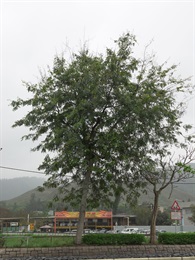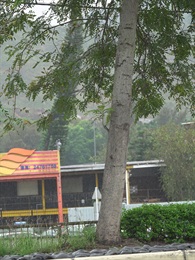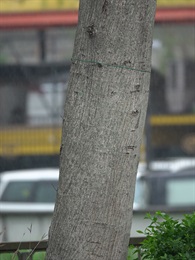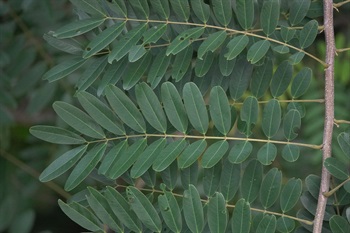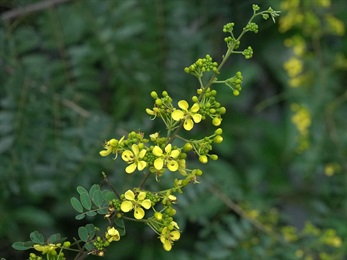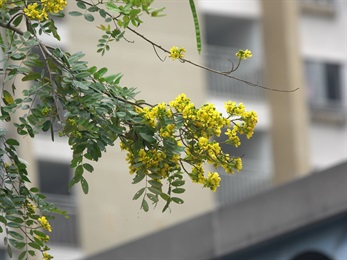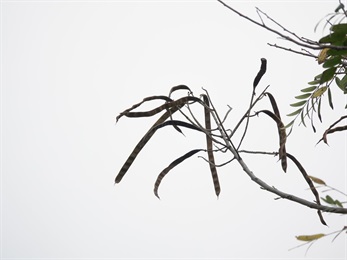| Origins | India, Myanmar and Thailand. It has a few hundred years of cultivation history in Yunnan, China. |
|---|---|
| Applications | Since the timber of the Kassod Tree is firm, resistant to decay and moisture, straight grained and resistant to insects, the wood can be processed into furniture, construction materials and decoration of musical instruments. In addition, its wood is highly flammable and burns intensely without sparks. With high germinating ability, the tree can grow numerous sprouts after chopping of trunk, which can be harvested after a few years. Hence, the Dai people in Xishuangbanna, Yunnan cultivate large quantities of the Kassod Tree in plantations, thus providing themselves with firewood for their daily needs. |
| Meanings of name | Although the heartwood of Kassod Tree is dark brown, the word “black-heart (黑心)” in its Chinese name “Black-Heart Tree (黑心樹)” literally not refers to the colour of heartwood. According to legend, there was a Tusi (chieftain or regional government officials of the past) in Yunnan who was wicked and heinous. After his death, his spirit repented and confessed endlessly, and turned into Black-Heart Tree for villagers to chop down as firewood. That “Black-Heart Tree” is Kassod Tree, the word “black-heart” refers to evilness and viciousness. |
| Poisonous parts | Ingestion of the leaves, legumes and wood should be avoided due to its toxicity. In Thailand, the leaves of the Kassod Tree were once encapsulated as sleeping pills, which led to poisoned patients developing and suffering from acute hepatitis. |

